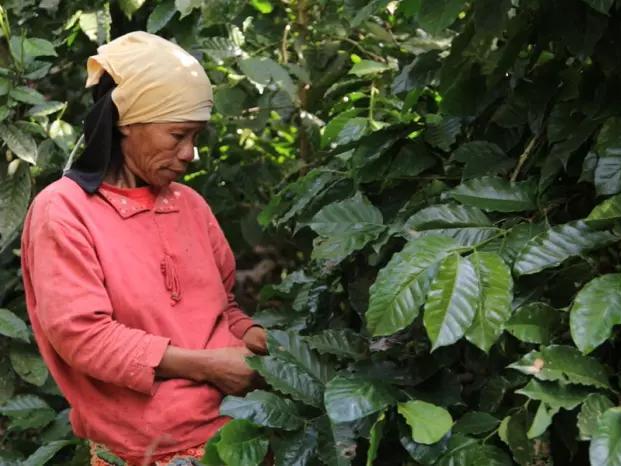UNESCO's Man and the Biosphere Programme celebrates its 50th birthday
In biosphere reserves, the places where MAB operates, people and nature learn to live together in harmony. UNESCO-designated biosphere reserves are a living testimony to just how vital better conservation of natural areas will be to maintain the ecosystems on which humans depend and keep global warming within internationally agreed limits.
Over the years, biosphere reserves have become hubs for local innovation in the protection of ecosystem services and biodiversity conservation, education for sustainable development, green and circular economies and investment in nature-based solutions. They are currently expanding the practice of open science. Each biosphere reserve promotes local solutions to global challenges, monitoring results and sharing best practices. Each stresses a multistakeholder approach to management implicating civil society, indigenous and local communities, young people and the private sector.
Since designated biosphere reserves cover about 6 per cent of the Earth's land mass, roughly the size of Australia, they are contributing to the target of protecting 30 per cent of the Earth's surface by 2030. However, MAB is calling for a 100 per cent paradigm shift in our approach to development towards a global model that systematically combines biodiversity conservation with its sustainable use everywhere, rather than solely in protected areas.
In June 2021. MAB added 20 new sites in 21 countries to its World Network, including the first sites in Lesotho, Libya and Saudi Arabia. In Europe, the transboundary Mura-Drava-Danube Biosphere Reserve became the first designated site to be comanaged by five countries, namely: Austria, Croatia, Hungary, Serbia and Slovenia.
The World Network now contains 727 biosphere reserves in 131 countries, including 22 transboundary sites.
MAB celebrated its 50th birthday at a virtual Biodiversity Forum in March, with famed ethologist Jane Goodall – whose wild chimpanzee research centre is based in Gombe Masito Ugalla Biosphere Reserve in Tanzania – as spokesperson. Guests included LVMH Group administrator Antoine Arnault, who presented the company's major new five-year partnership with MAB, focused on conservation and sustainable employment in eight biosphere reserves in the Amazon.
Other celebration highlights vividly illustrate MAB's revolutionary work: a multimedia exhibition, 'It's about life', in which inhabitants of over 30 biosphere reserves present their sites and their work; an artwork created by UNESCO Goodwill Ambassador Vik Muniz with pictures and objects offered by dozens of sites in the World Network; and a filmed interview with Brazilian photographer Sebastião Salgado, whose project in the Mata Atlântica Biosphere Reserve has replanted three million trees, among others.


